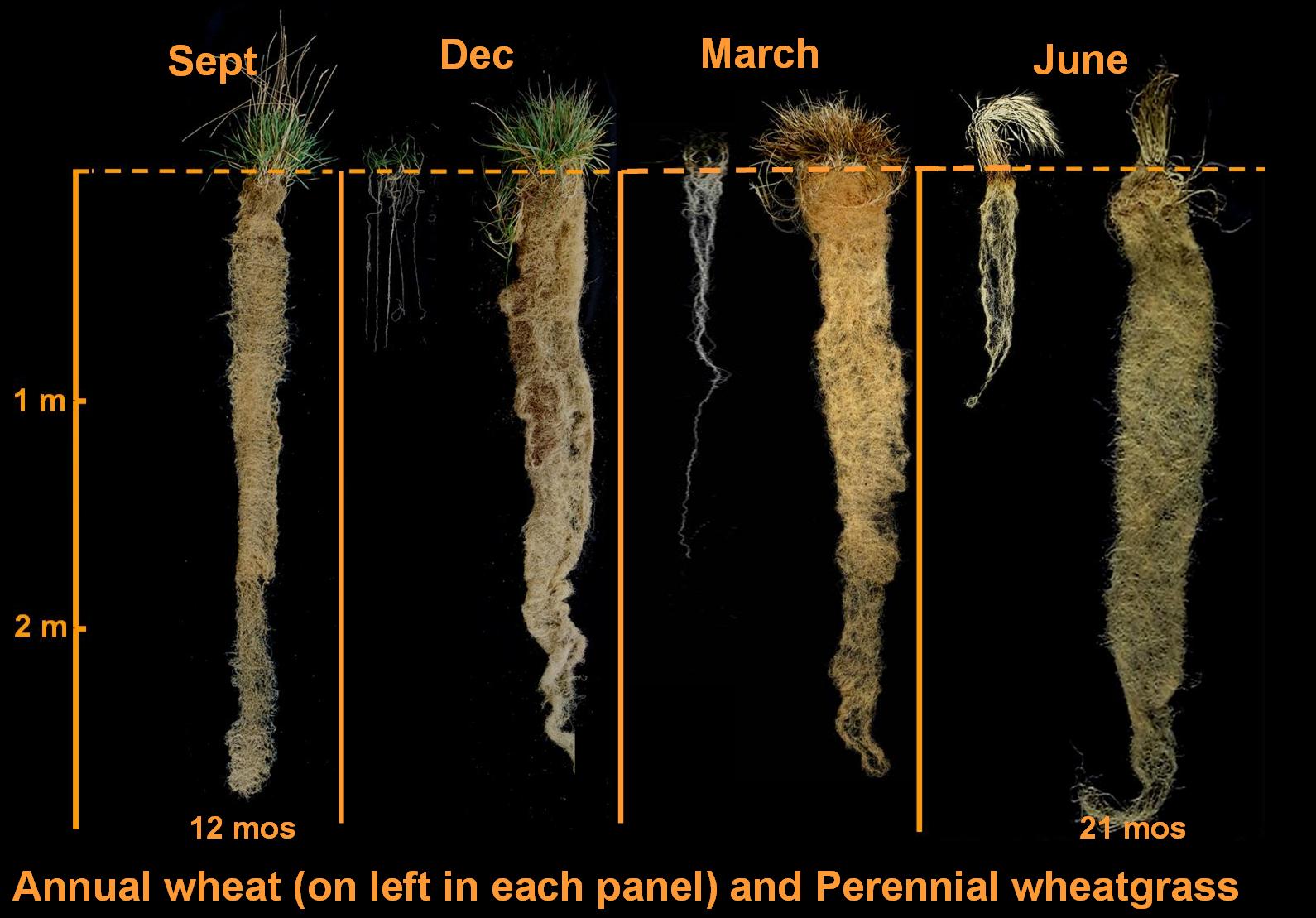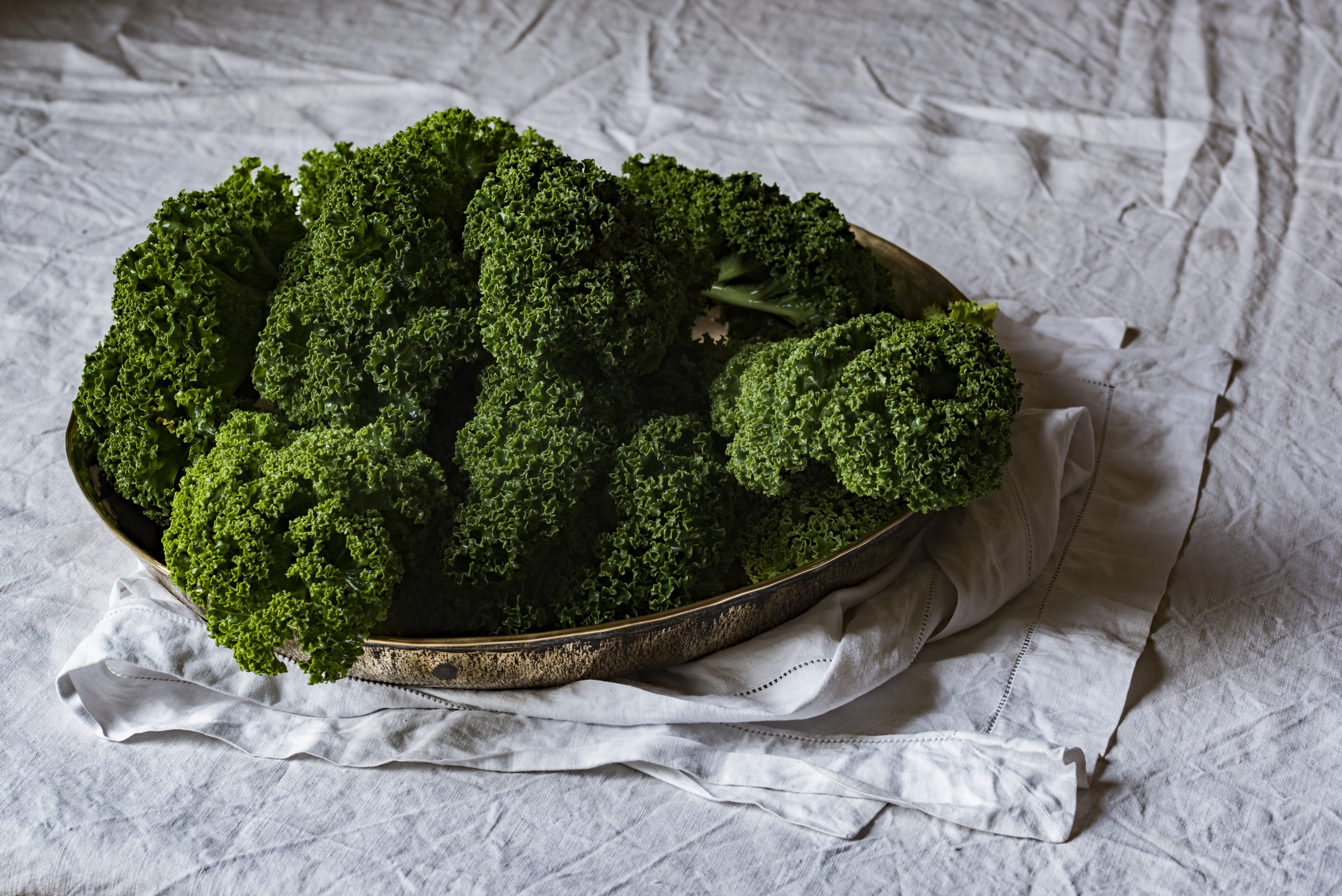This is the first blog of a series describing the five methods that make up regenerative agriculture—perennial plants & diverse crops, zero/low tillage & mulching, cover cropping & crop rotation, composting, and managed grazing. Implementation of these methods is site specific and depends on soil characteristics, crops grown, and local climates. Practices are rooted in organic methods and can be integrated into farms and pastures transitioning from conventional to organic. They also have a role in smaller-scale climate gardens, where individuals do their part to sequester carbon and contribute to a local, sustainable food system.
All agriculture sequesters carbon from the air through photosynthesis. But, regenerative agriculture ensures more carbon is stored than released and keeps the drawn down carbon underground. This effectively reduces the amount of carbon dioxide in the atmosphere and increases the amount of soil carbon available for healthy crops.
In agriculture, there is major potential for perennial plants and diverse crops to provide beneficial outcomes both for the climate and beyond.
Perennial Plants
Perennials—plants that provide harvests for multiple growing seasons—range from berries to tree crops and can be integrated into any size farm or garden. Because perennial plants don’t need to be planted each year, soil disturbance is minimized and soil organisms thrive. These healthy soils hold carbon and grow vigorous crops. The plants themselves take carbon out of the atmosphere and store it in their trunks, stems, and leaves—as well as in their deep root systems that ultimately feed the soil microbiome. Perennials have extensive root systems, with the added benefit of storing carbon deeper in the soil where it is more stable. When above-ground crops are harvested, the plants shed their deep roots and the carbon they’re made up of but retain enough to grow back the following season.

New studies show that perennial and native plants do a better job at drawing down carbon than many of the annual crops currently grown in our dominant commodity crop system worldwide. There are many commercially viable perennial alternatives—such as Kernza wheat and a new perennial rice—that have great potential to help reverse climate change and improve the state of our agricultural system.
Beyond carbon sequestration and climate change, perennial plants can help increase the water holding capacity and reduce the erosion of soils; reduce time, labor, inputs, and fuel costs on the farm; and improve habitats for invertebrates and small mammals. Perennials function best when planted using regenerative organic approaches that integrate pollinator habitats and intercropping with nitrogen-fixing support species.
Diverse Crops
Diversity above ground encourages diversity in the soil. Growing a variety of crops supports healthy, carbon-sequestering soils because it encourages diverse soil communities and distributes carbon at varying depths underground. Multicultures (opposed to monocultures) are better able to resist weather extremes and are more resilient in the face of droughts, floods, and other impacts of climate change. They have the ability to withstand some pests, which reduces the need for synthetic pesticides. And, having a variety of crops also improves the diversity of diets and food security for consumers and local communities.
If you're a climate gardener, you might already be benefitting from perennials and diverse crops in your yard or on your property. You might have food-producing trees, shrubs or bushes; or, you might be growing perennial vegetables like asparagus, rhubarb or artichokes. Many perennial plants are grown as annuals, even though they may be able to overwinter (depending on where you live!)—one example of this is kale. If you grow vegetables, do some research about this potential labor saving, carbon storing potential!

Whether you’re a consumer, farmer, or climate gardener, perennial plants and diverse crops are your friend. They are just two of the many tools and practices that make up a regenerative agricultural system and bring many benefits to local ecosystems and the people involved from production to consumption.
If you’re unable to implement these practices directly, use your consumer power and speak with your dollars to show your support for these important practices. Without strong signals from consumers, not enough farmers will switch to these practices in the timeframe needed to reverse current climate trends that threaten food security and the future of our planet.





